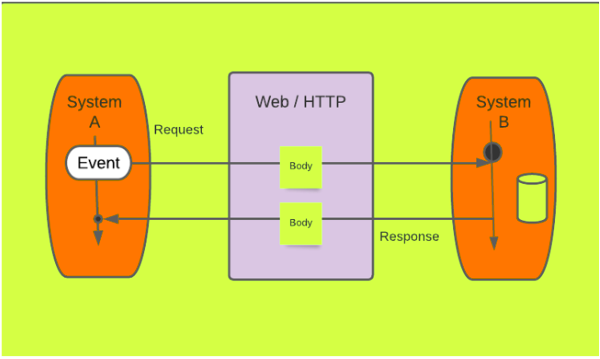What are webhooks?
Webhooks allow a web application to notify a separate application of events that occur in the first application. For example, when a user opens a new account, the web application can send a webhook notification to an external application that handles user registration.
Webhooks are a type of notification that lets you receive real time updates about events happening in your web applications. When an event occurs, a webhook can send a message to a URL of your choosing, notifying you of the event. This can be useful for tracking activity in your app or for sending data to other apps or services.
Webhooks are very similar to the API, but the focus of webhooks would be POST notifications. This is the lite version of the API. Sometimes we talk about a reserve API, but it really isn’t. It is a one-way event-based communication method.
Webhooks are user defined HTTP callbacks used to notify other services of events that occur in your application. For example, you can use a webhook to send an email whenever a new product is added to your store.
Webhooks can be a great way to keep your app tightly integrated with other services. When an important event occurs, your webhooks can send a notification to the appropriate department, allowing it to take appropriate action.
Webhook architecture

Why are Webhooks called Reserve API?
Webhooks are sometimes referred to as reverse APIs because of their one way communication and the communication is initiated by an event and not by user request.When certain events are triggered on an app,the app sends a notification to the connected app.
Example of the use of Webhook?
- Real-time notifications: Webhooks are often used for real-time notifications. For example, a messaging application can use webhooks to notify a user when they receive a new message.
- Automated Workflows: Webhooks can be used to automate workflows between different applications For example, a CRM system can use a webhook to automatically update a marketing automation platform when a new prospect is added.
- Data synchronization: Webhooks can be used to synchronize data between different applications.For example, an e-commerce platform might use a webhook to update stock levels in a shipping system when a new order is placed.
- Trigger actions in response to events: Webhooks can be used to trigger actions in response to specific events. For example, a processing system, Specific events. For example, a payment processing system might use a webhook to trigger an email to be sent to the customer when a payment is made. Overall, webhooks are useful for real-time communication and triggering actions in response to specific events. They are often used in situations where it is important to take immediate action based on an event, or when it is important to keep data in sync between different applications.











1 comment
Thanks for you explains about Webhook and API in Salesforce
Comments are closed.